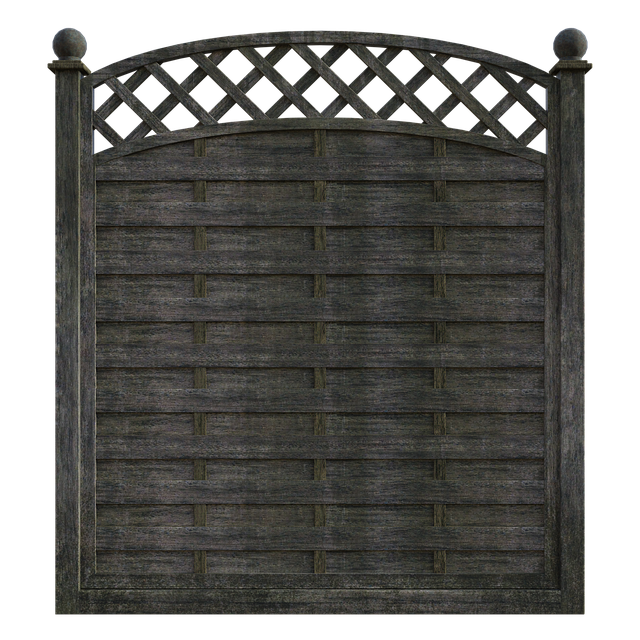Privacy Fence Installation in New Bedford, MA: Securing Your Outdoor Haven
In the peaceful suburban setting of New Bedford, Massachusetts, enhancing your outdoor space with a privacy fence offers more than just aesthetic appeal. It promises a sanctuary where you can enjoy moments of tranquility and seclusion. This article guides you through the comprehensive process of installing a privacy fence in New Bedford, from understanding the benefits and types available to preparing your property and following a step-by-step installation guide. We’ll also provide essential post-installation care tips to ensure your new fence stands the test of time.
- Understanding Privacy Fences: Benefits and Types
- Preparing for Installation in New Bedford, MA
- The Installation Process: Step-by-Step Guide
- Post-Installation Care and Maintenance Tips
Understanding Privacy Fences: Benefits and Types
Privacy fences serve as more than just barriers; they are a statement about personal space and security. They offer numerous benefits, from enhancing home security by deterring intruders to providing a sense of seclusion and peace of mind. In New Bedford, MA, where outdoor living is cherished, a privacy fence can transform backyards into private retreats, fostering relaxation and family bonding.
Varieties of privacy fences cater to different needs and aesthetics. Wooden fences exude classic charm while offering good visibility. Vinyl fencing is low-maintenance and comes in numerous styles, including intricate designs that mimic traditional wood paneling. Chain link fences provide maximum security without obstructing views, making them suitable for areas requiring surveillance. Each type offers unique advantages, ensuring homeowners can select the ideal solution for their privacy and lifestyle requirements.
Preparing for Installation in New Bedford, MA
When preparing for privacy fence installation in New Bedford, MA, the first step is to ensure a clear site. Clear any debris, plants, or structures that might impede the installation process. It’s crucial to check local regulations and obtain necessary permits to avoid any legal issues during or after construction. Measure the area accurately to determine the required materials, ensuring you have enough wood, posts, concrete, and other essentials on hand.
Before the team arrives, double-check that all utilities are marked and safe from damage. Prepare the ground by levelling it if necessary, as a solid foundation is vital for a durable fence. Have a clear understanding of your design preferences, including height, style, and color, to communicate effectively with the installation crew and ensure the final product meets your expectations.
The Installation Process: Step-by-Step Guide
The privacy fence installation process begins with a detailed consultation to understand your preferences and yard layout. A professional will measure the area, discuss material options, and help you select the perfect design that aligns with your vision. They’ll also provide an accurate estimate for the work involved.
On the day of installation, the crew arrives ready to transform your outdoor space. They start by preparing the ground, removing any obstacles, and laying out the fence panels according to the plan. Next, they attach the panels securely using high-quality fasteners, ensuring each section is firmly in place. The process involves precise cutting and fitting, creating a seamless and sturdy barrier. Finally, after checking for level and stability, they finish with a protective coating or staining, enhancing both the look and durability of your new privacy fence.
Post-Installation Care and Maintenance Tips
After your privacy fence is installed, proper care and maintenance will ensure it looks good and lasts for years to come. Start by regularly cleaning your fence using a soft brush or hose to remove dirt and debris. This prevents buildup that can attract pests and damage the finish.
Inspect your fence at least once a month for any signs of wear, rot, or damage. Treat minor issues promptly with suitable repair kits. For larger problems, such as broken boards or damaged posts, contact a professional for replacement parts or entire sections if necessary. Keep the area around the fence clear of overhanging branches that could cause damage during storms, and trim any vegetation growing against the fence to prevent rot.
